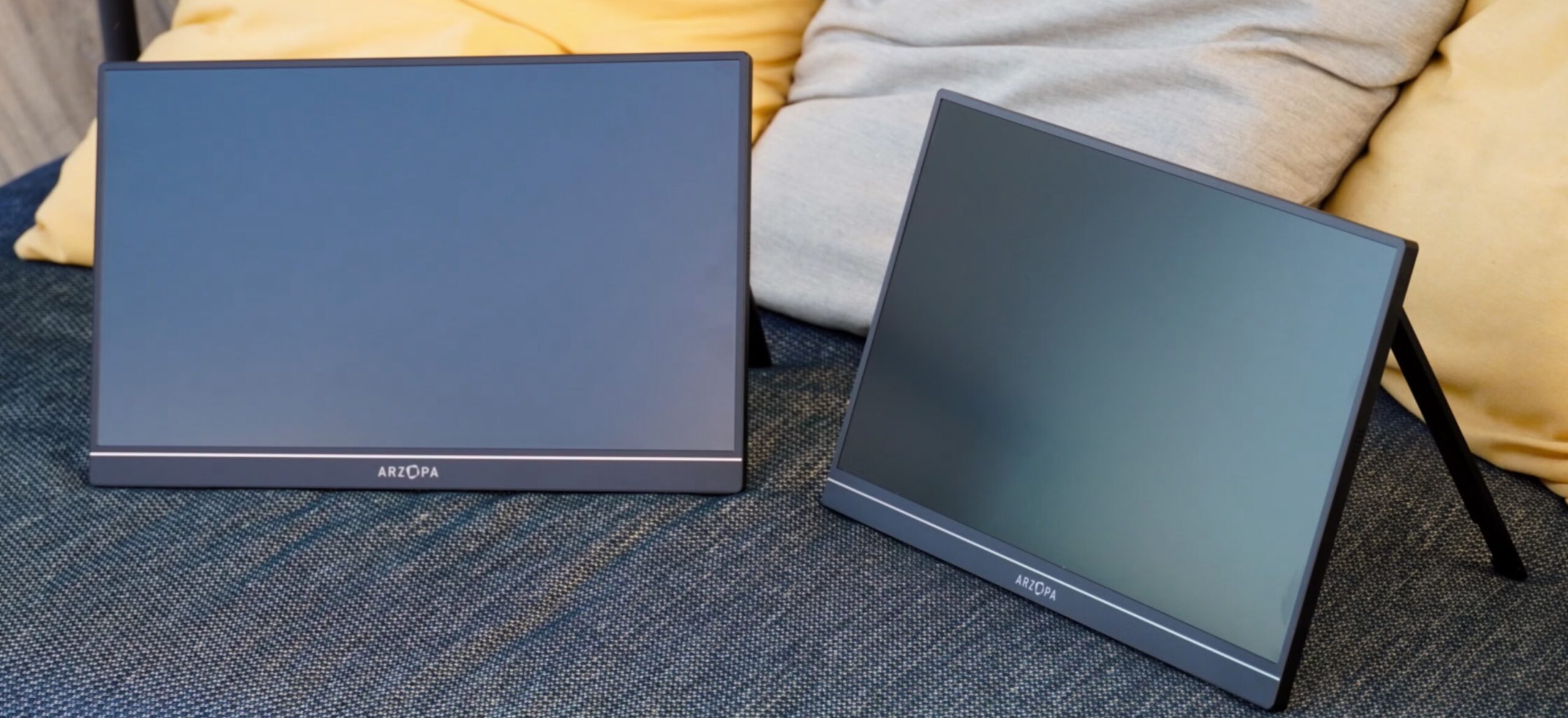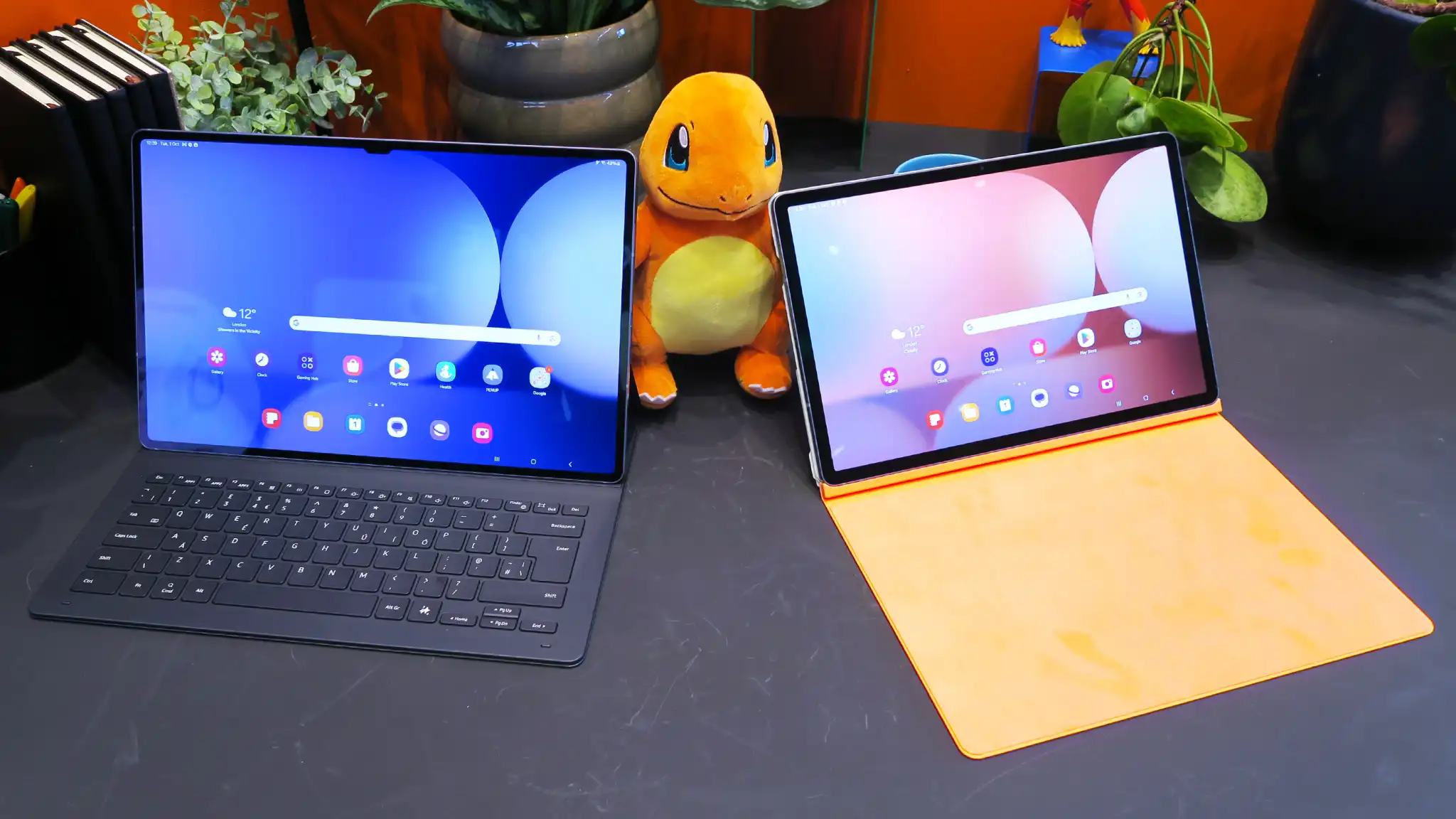his is a “man bites dog” story because, for much of the two companies’ existence, Intel’s brand value ranked among the highest in the world, consistently outpacing that of AMD. Under the leadership of Intel’s then-CEO Andy Grove, its former CMO Dennis Carter significantly enhanced this value by creating constructs like the Bunny People and leveraging a generous marketing budget to generate remarkable interest in Intel products.
However, like many C-level executives, Carter did a poor job of training his subordinates. The result is that after several decades, Intel’s massive brand advantage has eroded. In the latest Kantar Brandz report listing the 100 most valuable companies, AMD came in 41st and Intel 48th. Apple was first, and Nvidia was sixth. Let’s talk about how this happened, what this means for AMD and Intel going forward, and why the underlying problem could be dangerous for the entire PC and server industry.
We’ll close with my Product of the Week, the Hyundai Ioniq 5 N electric SUV. For a fraction of the cost of expensive, high-performance cars or SUVs, it has impressively better performance and is more fun than a Tesla. It is likely the quickest fast hatch currently in the market.
Intel Inside: A Marketing Legacy
Intel Inside was a program my wife managed for some time and was one of Intel’s most powerful assets. You’d have a hard time naming another brand asset with anywhere near the name recognition that Intel once had.
Most of us don’t know which companies made the processors in our appliances, electric cars, or EV engines, though we really should care who made the batteries, as they aren’t created equal. If asked, Tesla drivers may not even know who made their batteries, though Tesla uniquely disclosed that they came from Panasonic.
This recognition didn’t happen overnight. It resulted from a massive effort undertaken by Dennis Carter during most of the 1990s. Other than Apple under Steve Jobs, most tech companies under-invest in marketing and too often hire engineers as CMOs who have no deep understanding of the job.
That marketing support was an unbelievably powerful benefit to Intel because brand value relates to consideration. For instance, Apple’s enviable position as the number one brand refers directly to its market success. However, McDonald’s number five rating and current financial performance might be an exception to that rule.
This reminds me of a story my grandfather told me when I was a kid. It was about the Wrigley company and its founder, William Wrigley Jr. He was on a steam engine-powered train back in the early 1900s. At the time, Wrigley was the top confection company in the industry. Wrigley had a young assistant with him who, like many new employees fresh out of school, thought his degree made him an expert.
In an effort to show his intelligence, the employee asked Wrigley why he spent so much money on advertising, given he was already number one in the industry. Wrigley looked at him and asked, Given this train is traveling around 60 mph, why don’t they stop putting coal in the engine?
The point was that marketing isn’t just to attain leadership; it is also necessary to sustain it.
How AMD Moved Ahead of Intel
AMD is anything but a marketing powerhouse, but under the leadership of CEO Lisa Su, the company has been extremely good at execution. Its products have been problem-free and have met or exceeded expectations. AMD has been making strategic acquisitions to close the competitive gap, not with Intel but with Nvidia and a focus on AI.
AMD has traditionally not been a top brand, but its consistent execution has helped it maintain and grow its value over time. Intel’s brand value fell due to a lack of funding and a lack of focus on its unusual level of ingredient marketing.
If you look at the Kantar report I linked above, except for Nvidia, which has become synonymous with AI, the first brand, like Intel, that is an ingredient brand is Qualcomm, valued in 40th place, which is almost tied with AMD at 41. Qualcomm has that lead because of Snapdragon and its recent marketing efforts to raise the visibility of its new PC offerings.
One reason most of these brands rank in the 40s on that list is that market development funds (MDF) programs aren’t working right now.
These programs were unique in providing money to OEMs to market products containing the parts from the vendor supplying the MDF funds. However, over time, the OEMs started using MDF to supplement margins and cut marketing with little or no pushback from the supplying vendors.
This diversion of funds crippled the programs. Despite Intel investing more into these programs than any other vendor, the vendors aren’t spending the dollars as intended, resulting in minimal demand generation or consideration benefits for Intel. Instead, these funds have become redundant discounts for the vendors who receive them, leading to the programs failing across the board.
In Intel’s defense, it is executing better and is at the heart of the effort to build up the U.S. chip manufacturing capabilities. Still, I think it needs to return to the kind of effort Dennis Carter made with the Intel Inside and Bunny People marketing campaigns to regain its once impressive brand glory.
Wrapping Up: Technology’s Big Marketing Problem
Engineers tend to run tech companies and aren’t known for their people skills. Like sales, marketing is all about people skills but at scale.
Windows 95 was the most aggressively marketed tech product in history, but it also showcased that Microsoft didn’t understand marketing. Even though the program was massively successful, it declined to repeat it because support couldn’t manage the resulting massive volume.
The correct thing to have done would have been to fix support. Instead, it collapsed and eliminated the folks who drove the success of Windows 95. A few years later, it did the same thing with the group that pushed the Xbox success, which is partially why the Microsoft Zune and Phone were such failures.
After Dennis Carter left Intel, subsequent CMOs destroyed the Bunny People and nearly eliminated the value of Intel Inside. They didn’t understand the need to protect and build the massive brand value that Intel once enjoyed. Every C-level executive should be an expert in their field, not a transplanted engineer who is treading water.
I think the whole tech industry is learning this the hard way. Dell recently improved to 81st place in the Kantar Brandz report. Lenovo, HP, and HPE didn’t even make the list. Tech isn’t the only industry showing the impact of under-marketing. The highest-ranked automotive brand is Tesla, at 26, the only U.S. car company to make it into the top 100.
Until companies reverse the trend of underfunding and understaffing marketing, those with poor brand management will continue struggling with less-than-stellar financial performance. It’s a shame to watch Intel Inside degrade this much. I hope Intel can rediscover the drive and focus needed to restore the brand to its former status as a symbol of quality.
In the meantime, Nvidia, Qualcomm, and AMD deserve kudos for their successful execution!





